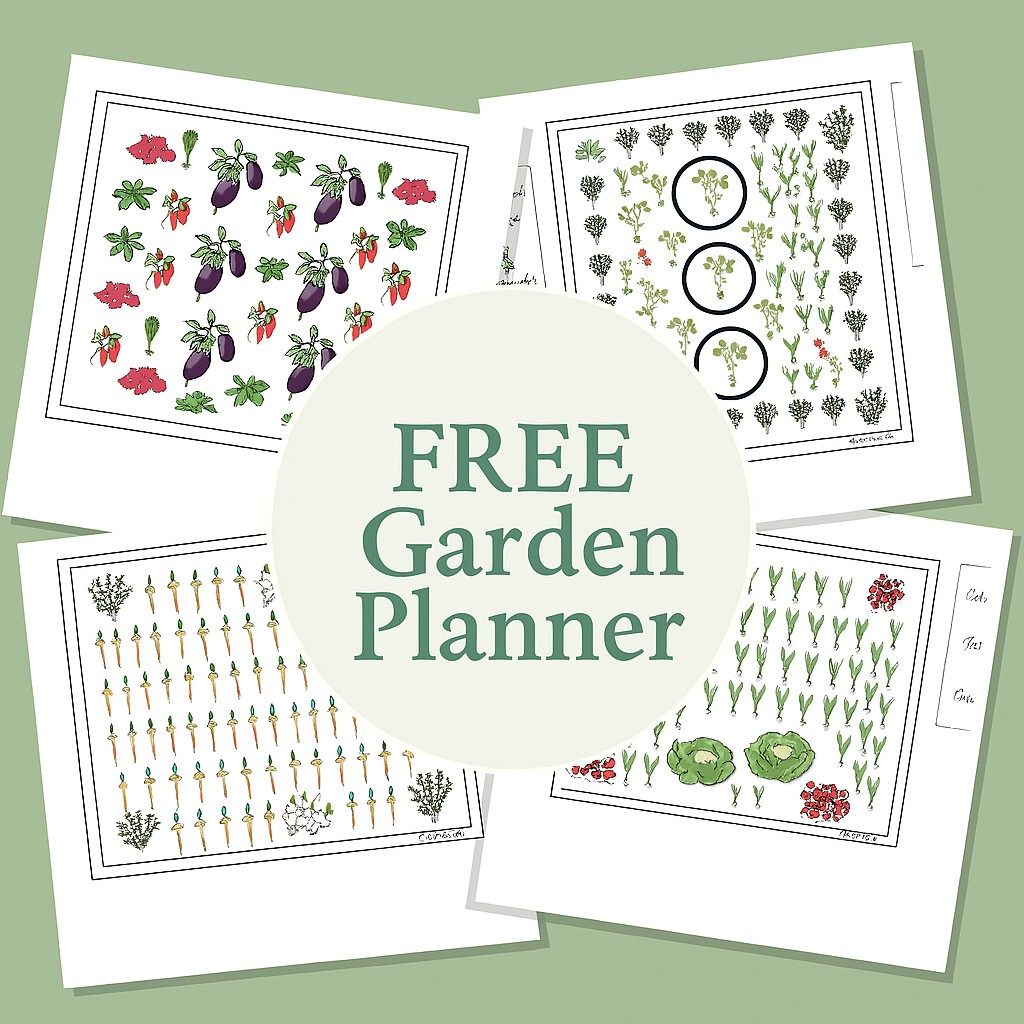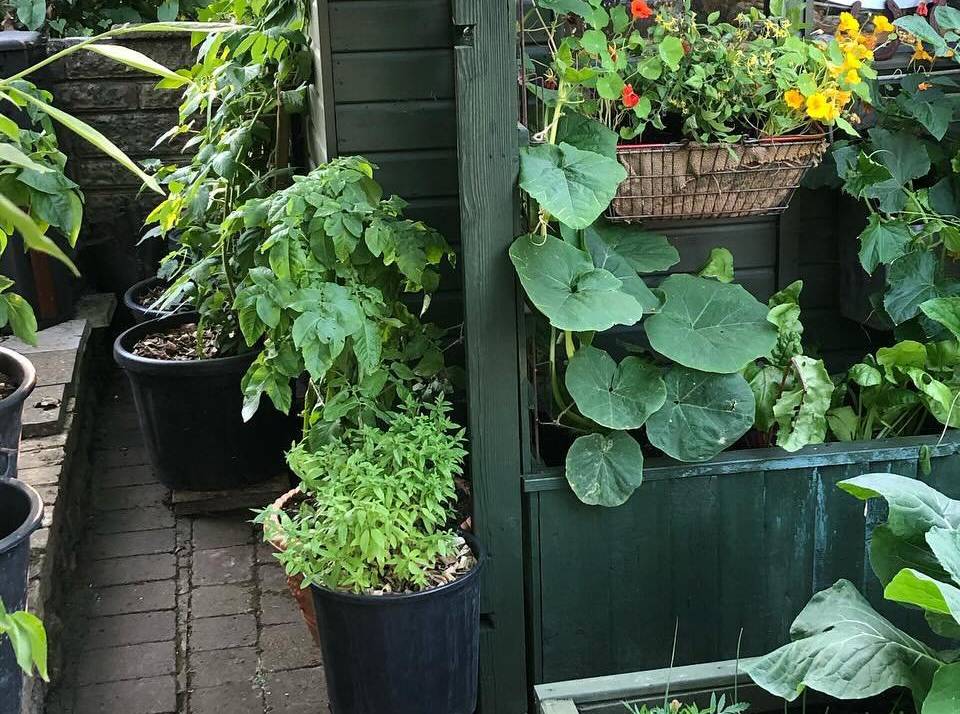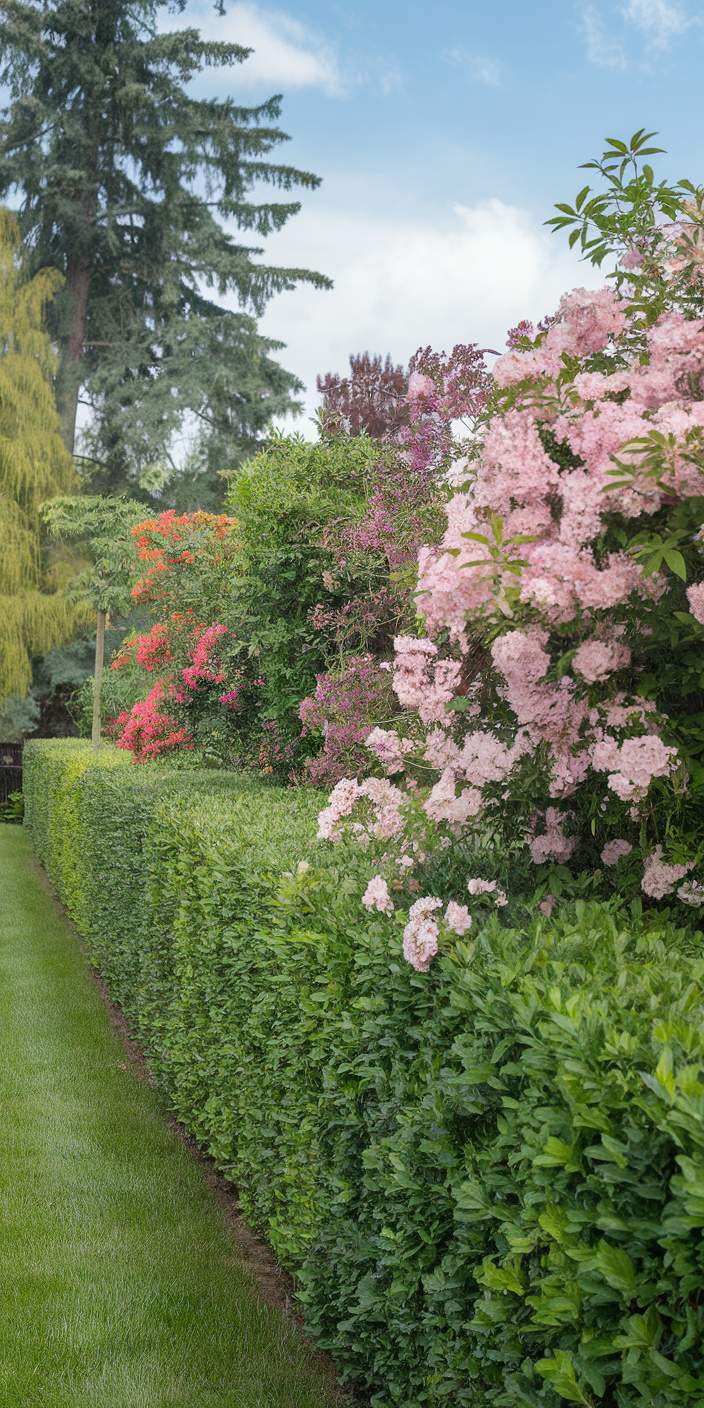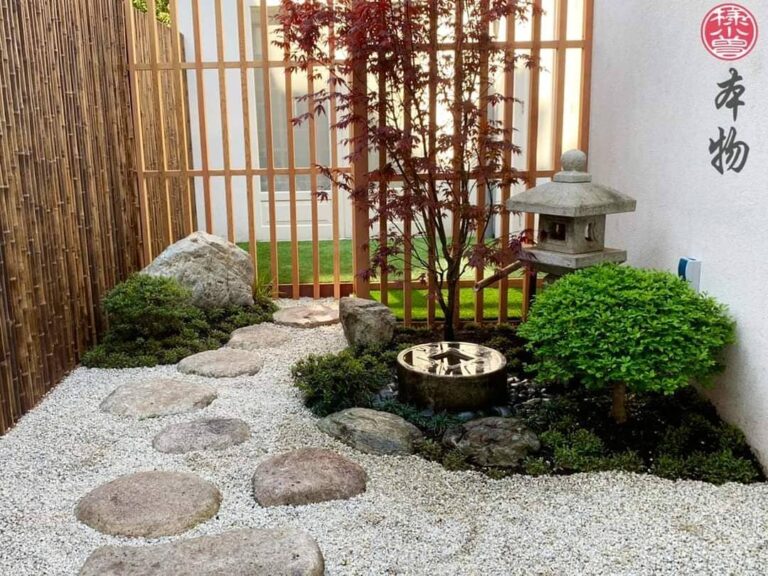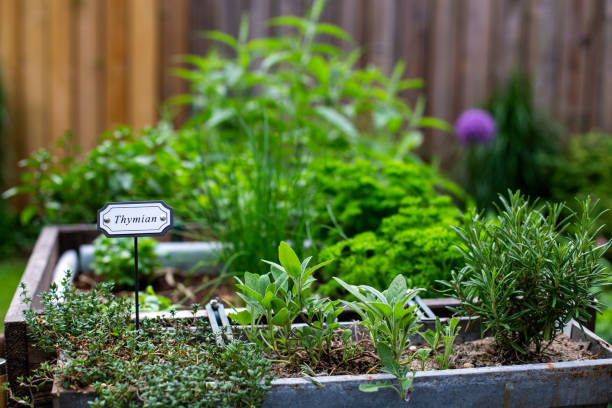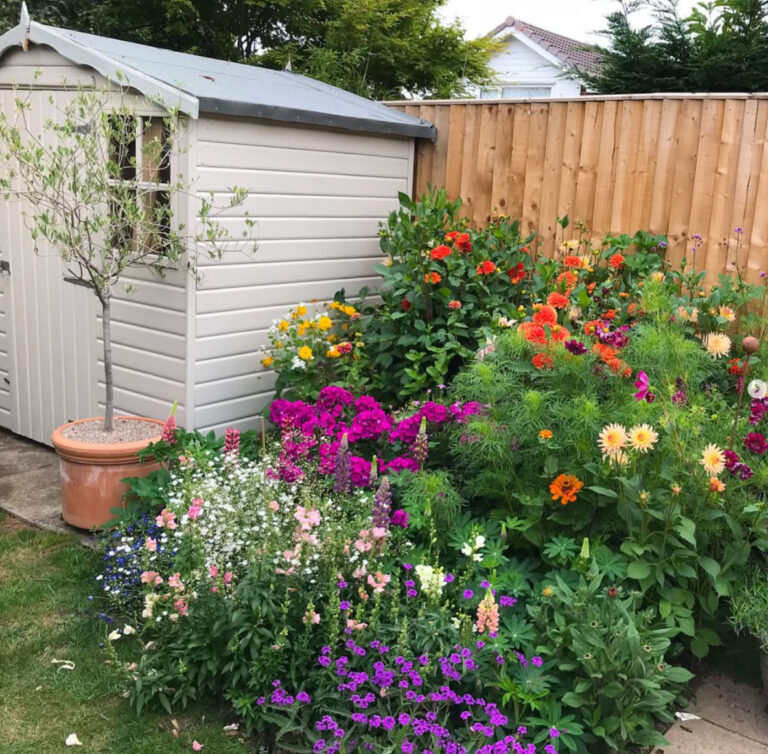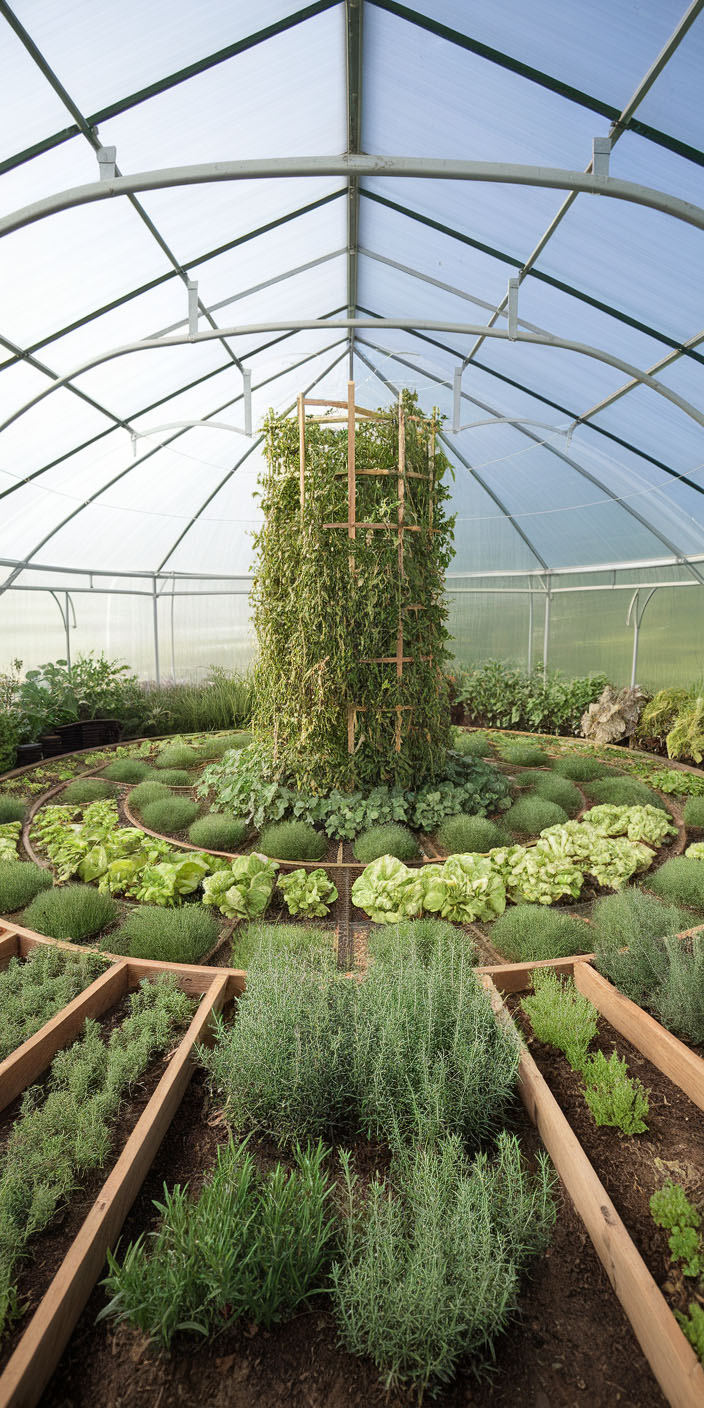Small Vegetable Gardens: Big Harvests from Little Spaces
When people think of vegetable gardening, they often imagine sprawling backyard beds with rows of tomatoes, corn, and zucchini stretching toward the horizon.
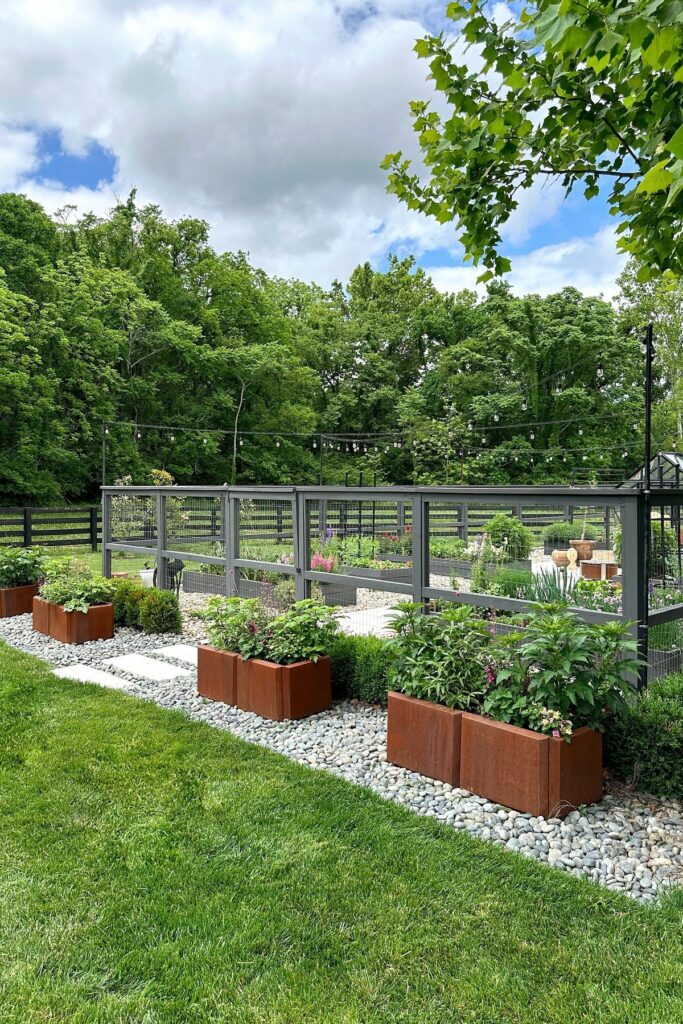
But here’s the thing—not all of us have the luxury of that kind of space. And honestly? We don’t need it.
A small vegetable garden, even one tucked into the corner of a patio or lined along a sunny wall, can be surprisingly productive, incredibly satisfying, and yes—beautiful too.
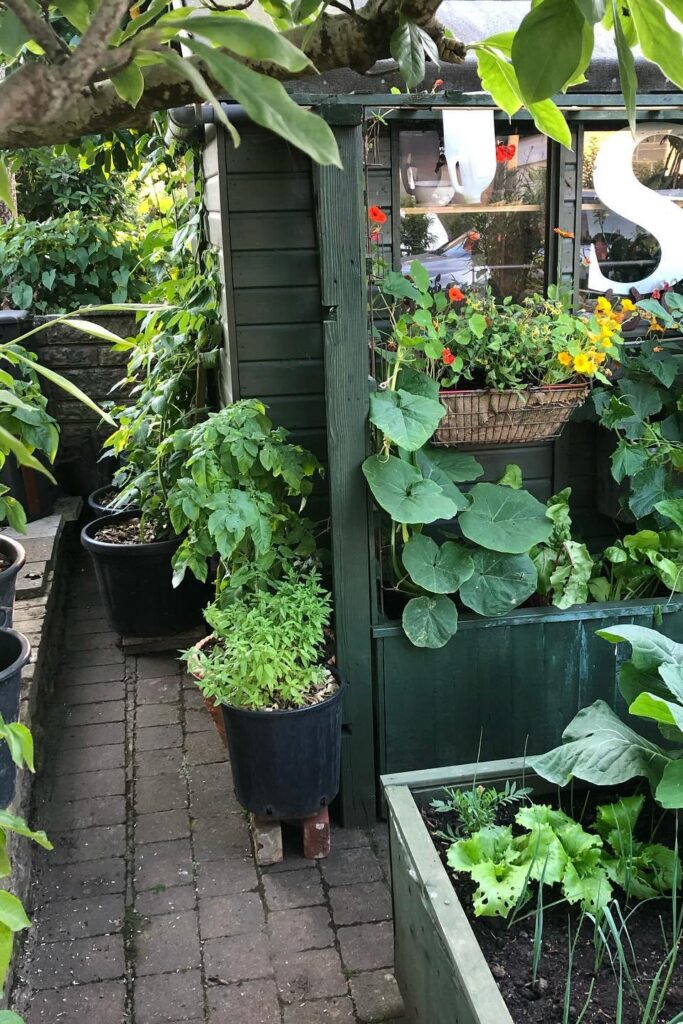
The Joy of Starting Small
There’s something quietly magical about growing your own food, even if it’s just a few pots of herbs and leafy greens.
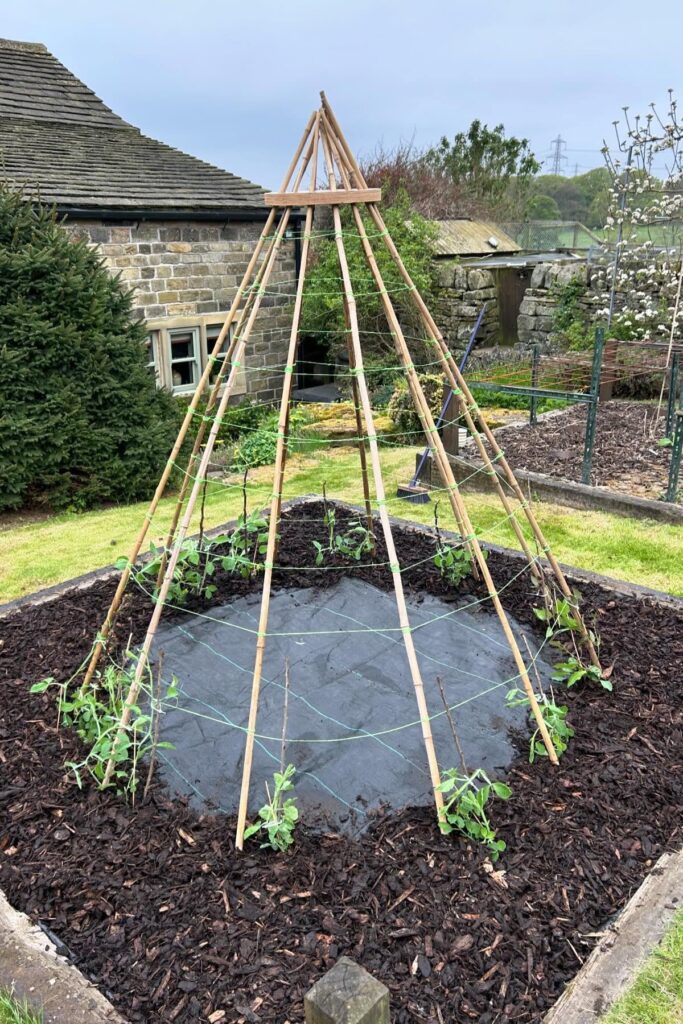
You plant a seed, tend it with care, and eventually it offers you something back. That exchange is powerful, especially when you’re working within the rhythm of a small space.
You become intentional with your choices. You don’t just scatter seeds—you plan, you observe, and you learn how to make the most of every inch.
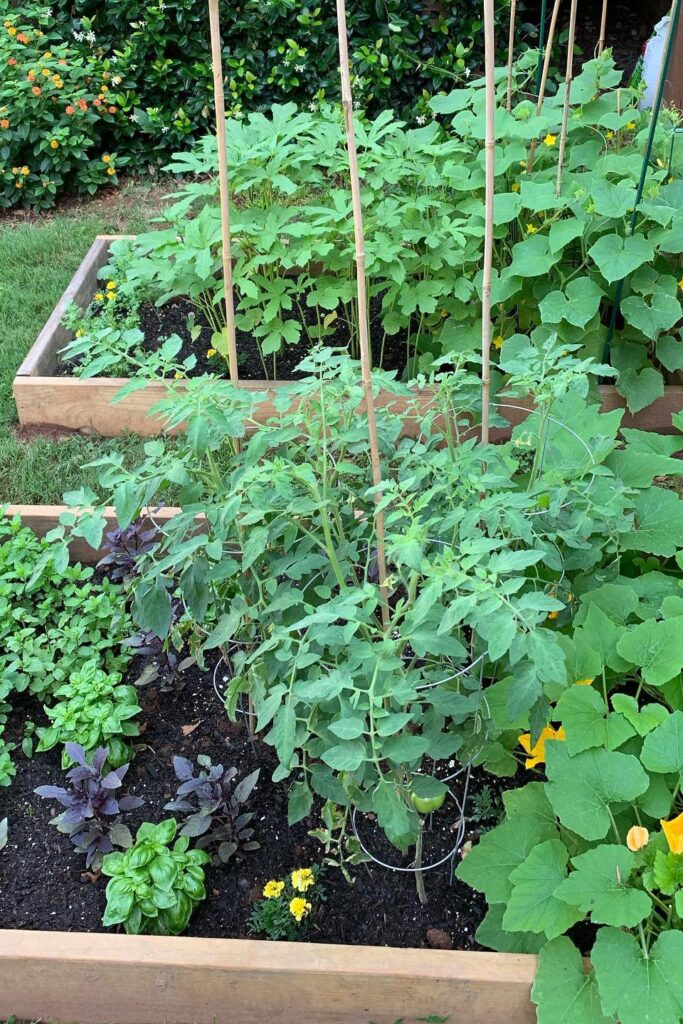
In my experience, small gardens often get more love than big ones.
It’s easier to care for a few containers or raised beds than a massive plot, and that often means better soil, fewer pests, and healthier plants.
Picking the Right Spot
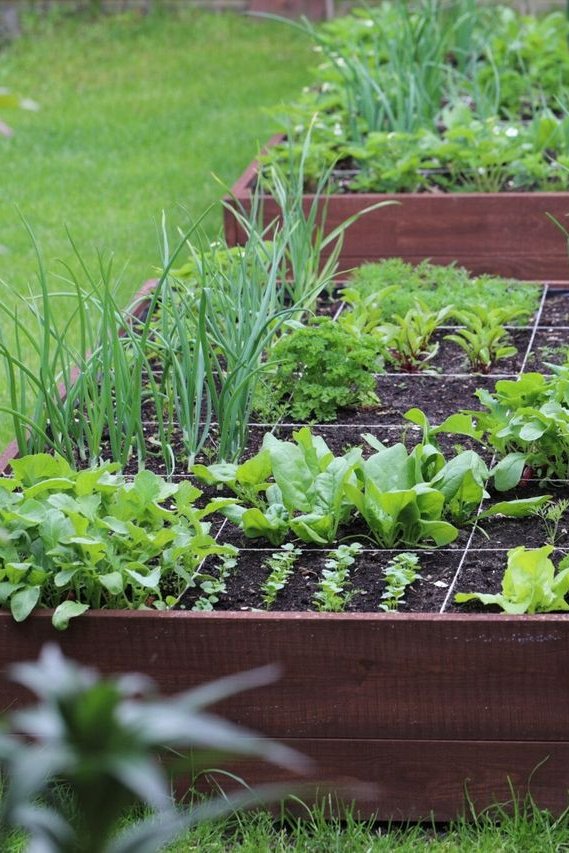
Sunlight is your best friend here. Most veggies need around 6 hours of direct sun each day, so before anything goes into the ground—or into a pot—watch how the sun moves through your space.
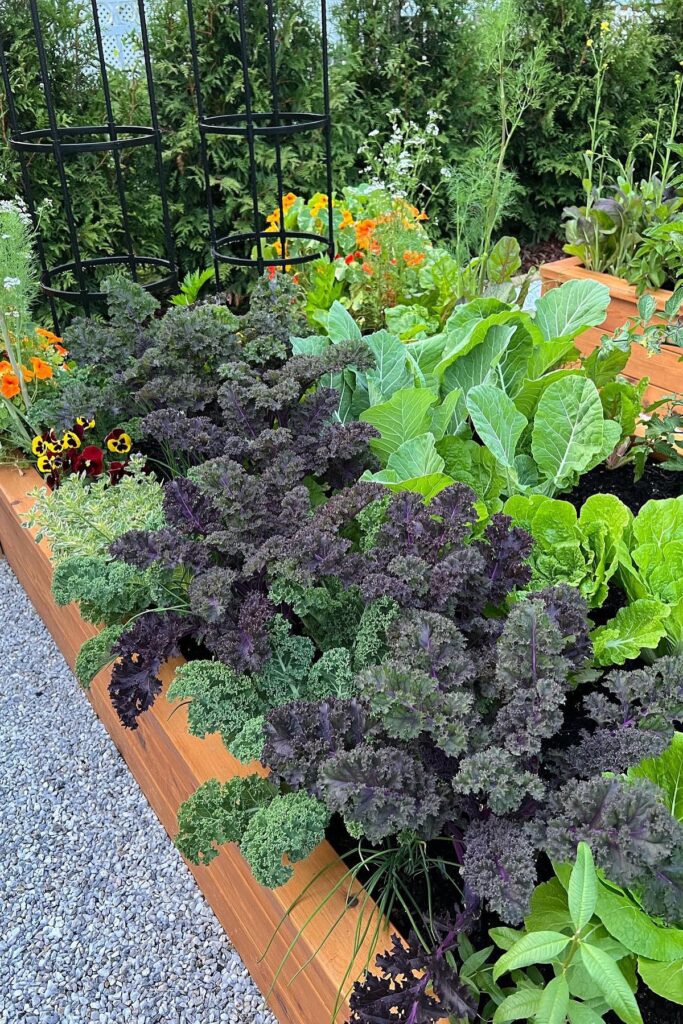
Balconies, front steps, window boxes, or even a narrow strip beside the driveway can work beautifully if they get enough light.
That said, don’t be afraid to get creative. Vertical gardening with trellises or wall-mounted planters can multiply your growing area.
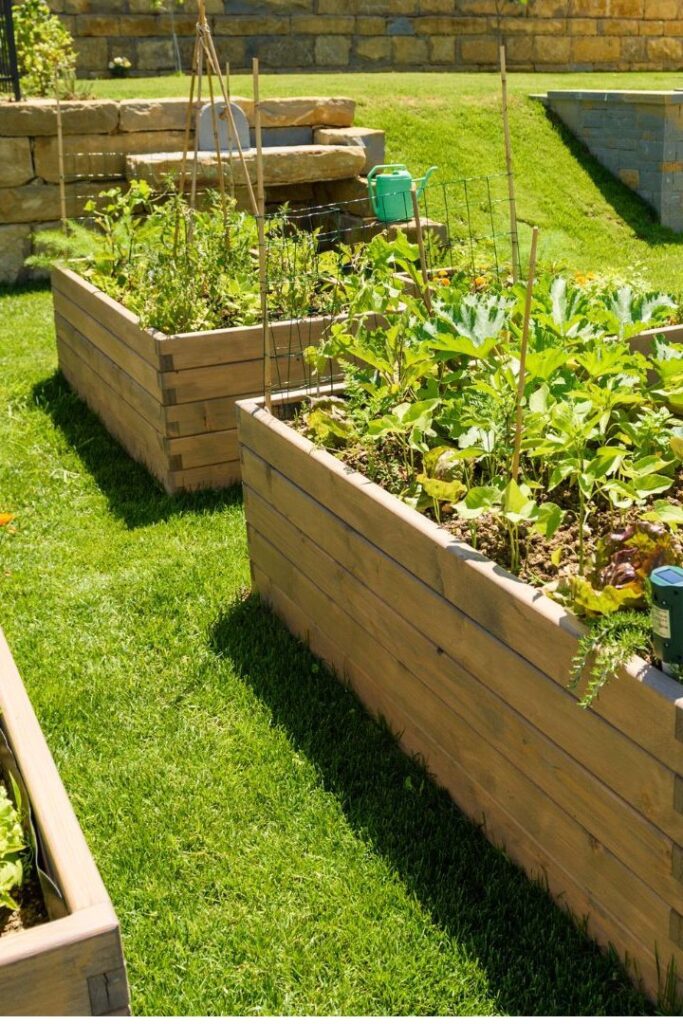
Hanging baskets aren’t just for flowers—cherry tomatoes and trailing herbs like oregano thrive up there. I’ve even seen people grow lettuce in old gutters attached to fences!
Choosing Your Crops Wisely
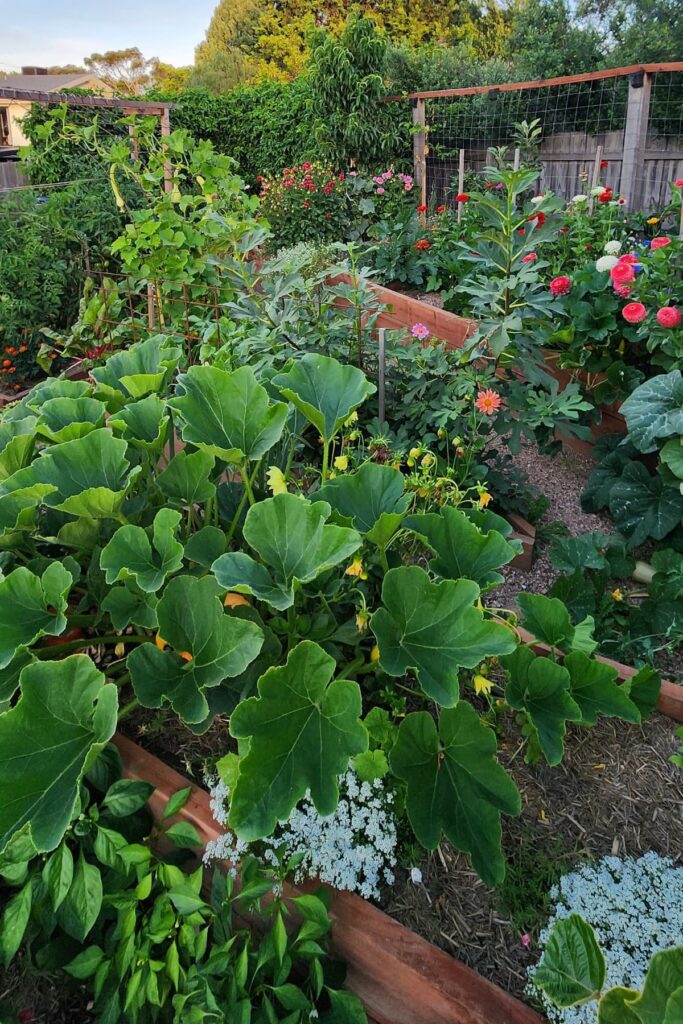
When space is limited, it pays to be choosy. Focus on what you love to eat and what grows well in smaller environments. Leafy greens like spinach, kale, and lettuce are superstars in tight quarters.
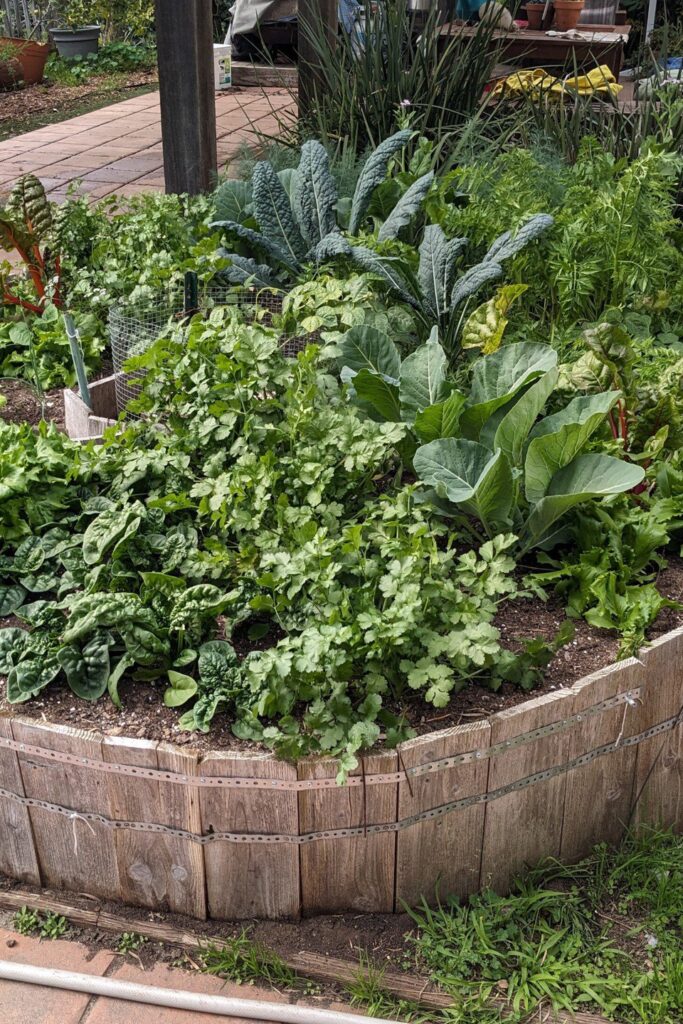
Herbs like basil, parsley, chives, and thyme practically thrive in containers. Cherry tomatoes and bush beans are compact, productive, and satisfying to grow.
If you’re feeling adventurous, try radishes or baby carrots in deep pots, or dwarf varieties of peppers and eggplants.
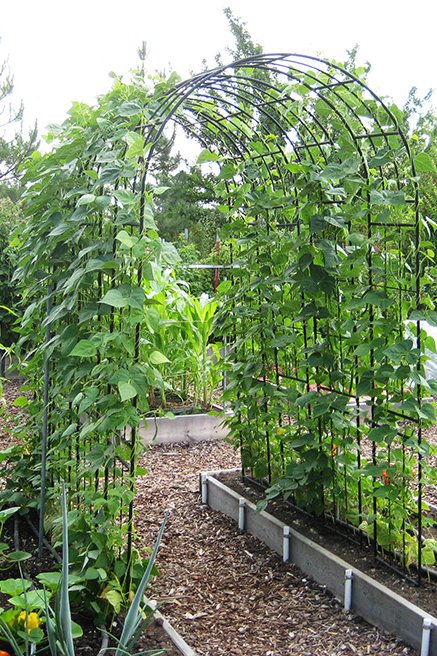
There are loads of seed companies now offering “patio” or “mini” versions of classic veggies, designed with small gardens in mind.
Soil, Water, and a Bit of Love
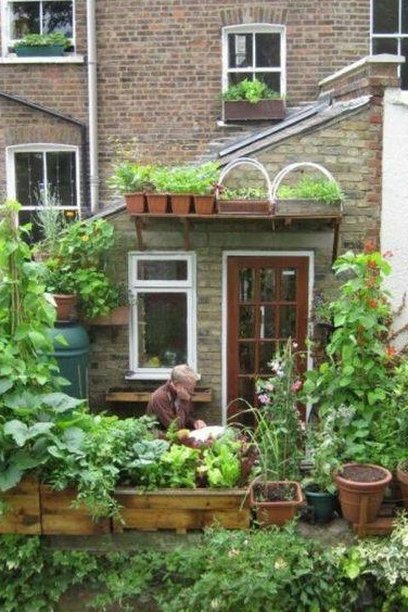
In small gardens, especially container ones, soil quality really matters. Use a good-quality potting mix, and don’t skimp on compost if you’re growing in beds.
Containers can dry out faster than in-ground plots, so keep an eye on moisture. A daily check (especially in warm weather) is usually enough to keep things thriving.

I like to tuck mulch around the base of my plants—even in pots—to help hold in moisture and keep weeds down.
And don’t forget to feed them! A little liquid seaweed or worm tea every couple of weeks makes a world of difference.
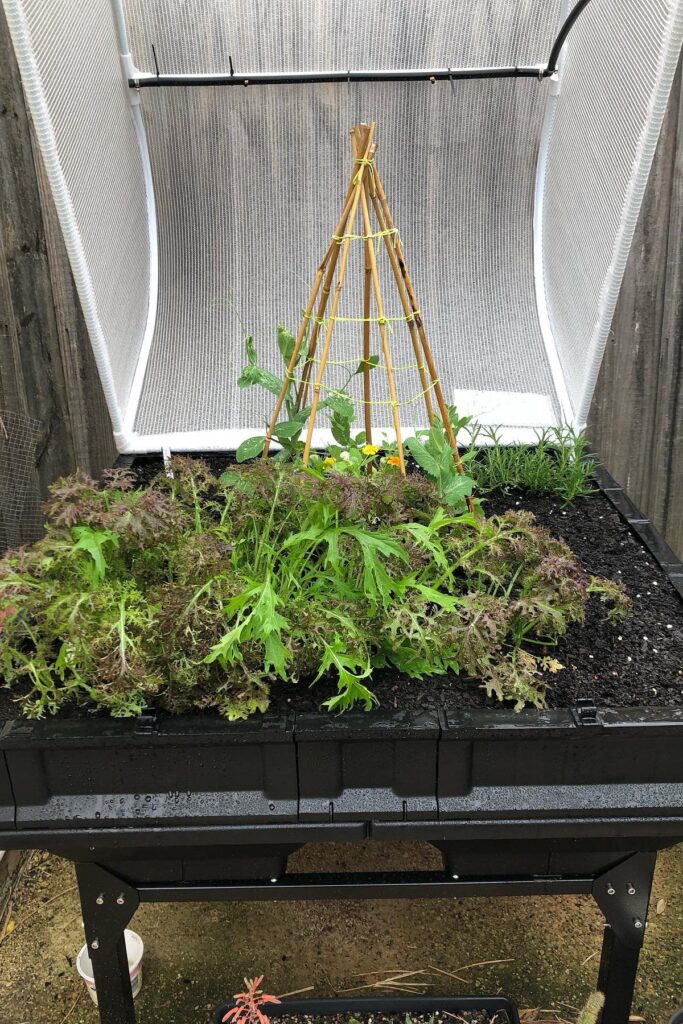
Making It Beautiful
Just because it’s edible doesn’t mean it can’t be stunning.
I often mix flowers into my veggie garden—not just for pollinators, but because a pop of nasturtium or calendula beside the greens makes everything feel a bit more joyful.
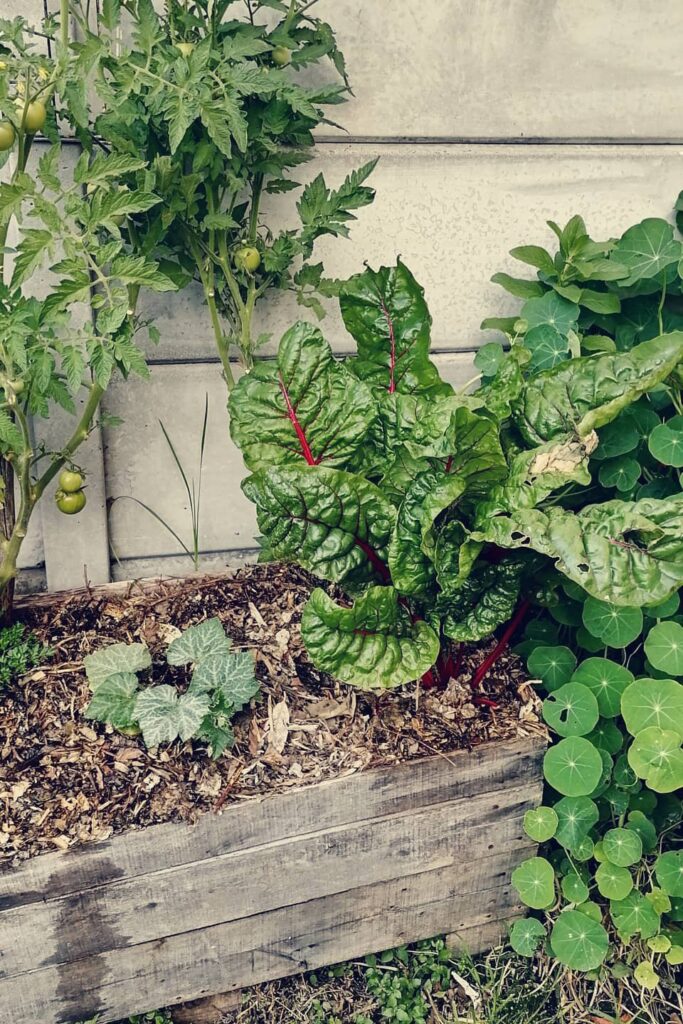
And really, what’s more charming than a tomato vine winding up a rustic trellis or a basket of fresh herbs swaying in the breeze?
Even small garden spaces have the power to connect you with the seasons, with your food, and with the simple pleasure of watching things grow.
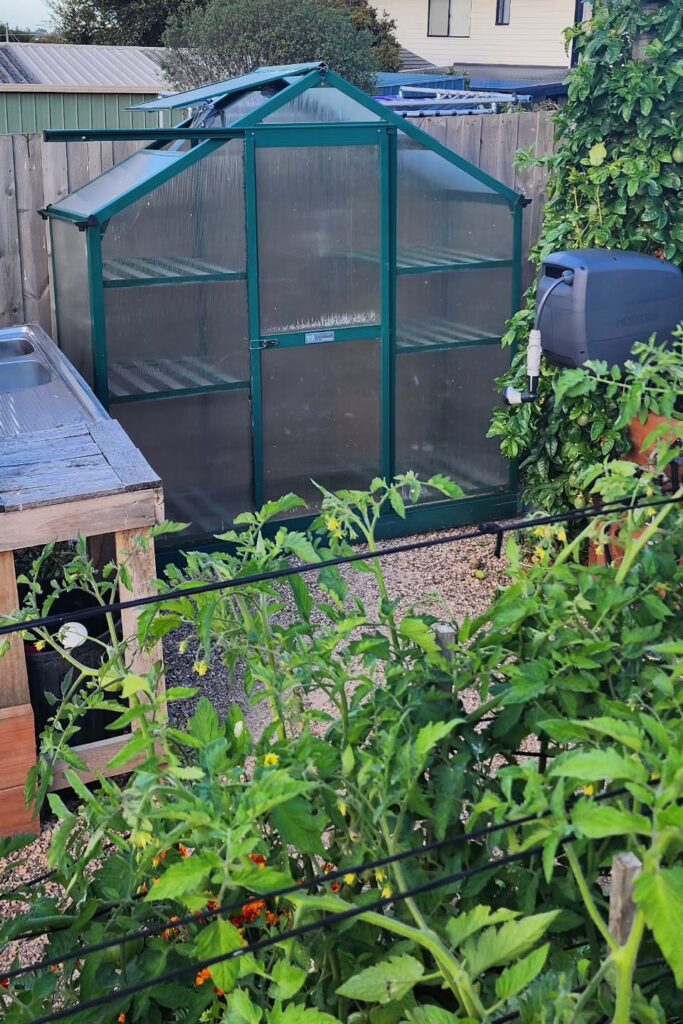
So don’t wait for the “perfect” setup. Grab a few pots, find a sunny spot, and plant something. Your little garden might surprise you.
